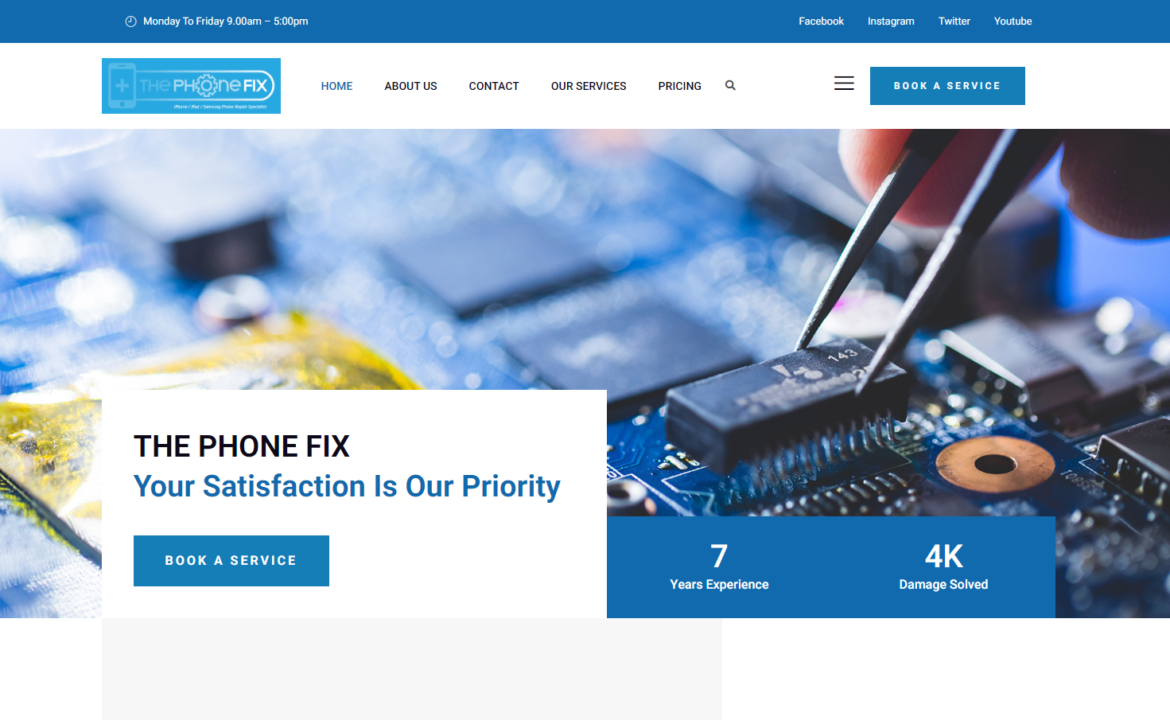Web Design vs. Web Development: What’s the Difference?
As long as there have been websites, the idea of web design and development has existed. Because the process of creating websites was once more simpler, it had a much simpler definition.
You can truly see how much websites have advanced when you contrast the first website, which debuted in 1991, with contemporary webpages. Today, building and managing a website requires a larger ecosystem of responsibilities and skill sets and is more complicated.
It can be challenging for designers to understand their exact place in this environment. This article provides a clear picture of your job, the roles of others, and the skill sets required while outlining the key components of the website design process.
Defining Web Design vs. Web Development
The term “web design” especially refers to the procedures needed to make the section of a website that website visitors view visually appealing and easy to understand. Web designers make sure that the website has a professional appearance and that users can navigate it with ease. They are also known as “UX” designers, or user experience designers.
The programming that goes on in the background to make a website function is the focus of web development. While a web designer may design a button, a web developer makes sure that when the button is clicked, something happens. Web designers may concentrate on the front end of the website (more visually; what the user sees) or the back end (more functionally; how the website functions)—or both. For instance, a back-end developer would create code to link an e-commerce site’s shopping cart to a safe online payment processing system, while a front-end developer might utilise CSS (cascading style sheets) to decide how a homepage is laid up.

Web Design vs. Web Development: Similarities
For businesses to establish and maintain a solid online presence, web design and web development are essential. These two positions complement one another and, in some circumstances, may be held by the same person. Although at varying levels, programming knowledge is necessary for both web designers and web developers. In order to test various design and function possibilities and find the optimal match, they must also possess strong analytical and problem-solving abilities. Finally, it’s important for web designers and web developers to keep up with the newest developments in their respective professions. When done successfully, design and development provide a seamless tech-driven concept that links into and advances a company’s mission and enables the organisation to reach out to more customers more effectively.
Web Design vs. Web Development: Differences
The visual appeal and user-friendly functioning of a website are referred to as web design. To develop visually engaging user experiences, web designers frequently employ design software like Figma or Adobe XD. They then give developers such designs. UX designers and visual designers use their expertise to create wireframes, mockups, design systems, colour palettes, templates, and more for web application and website design in order to aid developers in creating the final result.
Web development is the process of employing coding languages like CSS, HTML, JavaScript, Python, Ruby on Rails, and others to construct a website’s desired design. There are front-end developers who concentrate on the functionality of a website or web application, back-end developers who concentrate on the infrastructure of a website or web application (hosting, security, etc.), and full-stack developers who work on both the front-end and back-end.
What the future holds for web designers versus web developers
The actual job we do evolves as we enhance and perfect the tools we utilise to do tasks. Therefore, in ten years, web designers and web developers will undoubtedly have quite different jobs. Over the past ten years, even the skills needed to be a web designer have changed quickly, shifting from a predominance on visual elements (typography, colour schemes, graphic design, etc.) to a more functional and holistic focus (usability, information architecture, research, etc.) that ties a larger experience together. And it makes sense that these job titles may eventually combine the two, with overlapping competencies.
Numerous occupations will change along with no-code technologies. Tasks that formerly required specialists will be able to be performed by non-technical individuals on their own. Because it will only get simpler to create digital experiences, experts across all industries will continue to stand out for their curiosity and adaptability. Additionally, designers will need to change in such a setting.



